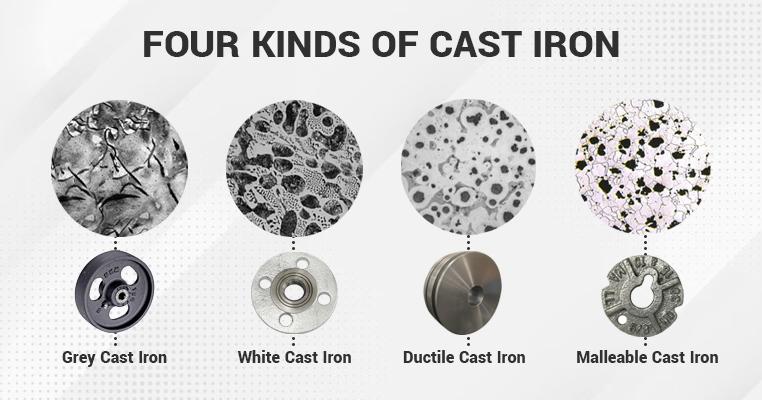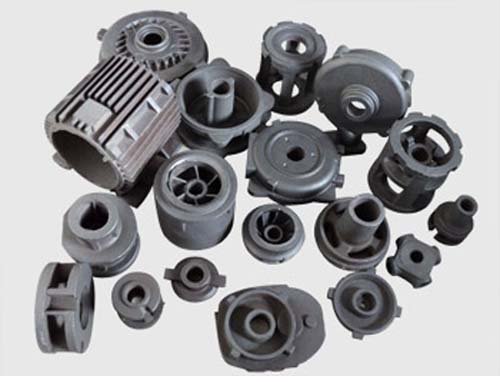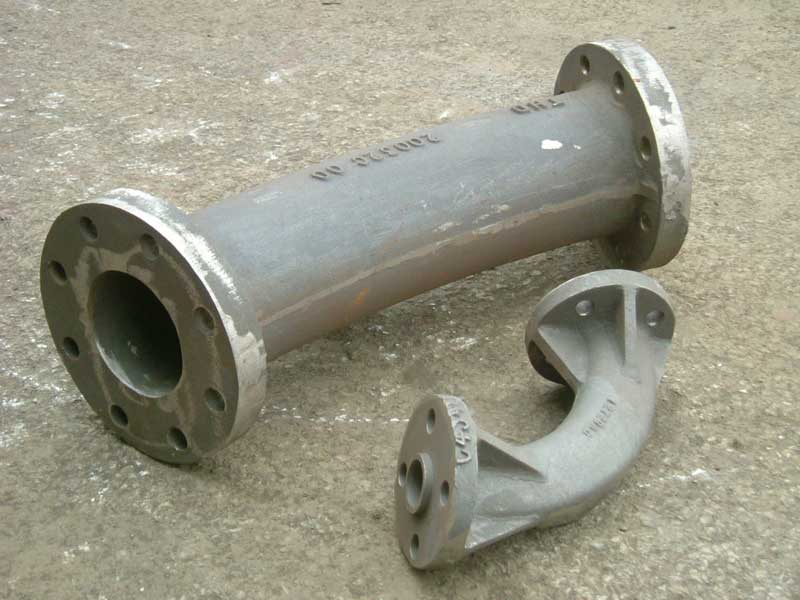Requirements for Pig Iron in Foundries Producing Various Castings
2025-02-11 16:57:54 hits:0
Foundries that primarily use pig iron as a raw material have different requirements for the pig iron depending on the type of castings being produced, their intended use, and the desired mechanical properties. Below are the common requirements for pig iron based on different types of castings:

1. Gray Cast Iron Castings
- Chemical Composition: Gray cast iron is primarily composed of iron, carbon, silicon, manganese, and other elements. The carbon content in pig iron is typically high, usually ranging from 2.5% to 4.0%, and silicon content is generally between 1.5% and 3.5%. A proper amount of silicon helps form the graphite structure, improving the casting properties and damping effect of gray cast iron.
- Property Requirements:
- Graphite Shape: The graphite structure (shape and amount) directly impacts the mechanical properties of gray cast iron. The carbon in pig iron needs to primarily exist in the form of graphite to ensure good castability, vibration damping, and machinability.
- Low Impurities: Castings require low sulfur and phosphorus content in the pig iron to prevent issues such as brittleness and other casting defects.
- Applications: Commonly used for engine parts, pumps, valve bodies, machine tool beds, and other castings that require good castability and vibration damping properties.
2. Ductile (Nodular) Cast Iron Castings
- Chemical Composition: The pig iron used for ductile iron requires stricter control compared to gray cast iron, typically containing higher levels of carbon and silicon. Carbon content is generally between 3.0% and 3.5%, while silicon content is typically between 2.2% and 3.0%. In addition, other elements such as manganese, magnesium, and sulfur must be carefully controlled.
- Additive Requirements: To produce ductile iron, a certain amount of magnesium must be added to promote graphite spheroidization, so the magnesium and other alloy elements in the raw pig iron need to meet specific standards.
- Property Requirements:
- Graphite Spheroidization: The key characteristic of ductile cast iron is the spherical distribution of graphite, so the pig iron must have good spheroidization characteristics to ensure the castings' strength, toughness, and wear resistance.
- Low Sulfur and Phosphorus: Sulfur and phosphorus adversely affect the toughness of castings and may cause cracking, so the pig iron must have low sulfur and phosphorus content.
- High Strength and Good Ductility: Ductile cast iron has higher strength and ductility than gray cast iron, making it suitable for castings that need to withstand significant loads, such as automotive parts, mechanical gears, shafts, etc.
- Applications: Used for automotive components, pipe fittings, mechanical equipment parts, and other products requiring high strength and toughness.
3. White Cast Iron Castings
- Chemical Composition: White cast iron has a higher carbon content and lower silicon content compared to gray cast iron. The carbon content is typically between 2.5% and 3.5%, and the silicon content is lower. The carbon in white cast iron mainly exists in the form of cementite (iron carbide), which gives it a hard surface.
- Property Requirements:
- High Hardness: White cast iron requires the pig iron to have high hardness and wear resistance, as the castings primarily consist of cementite.
- Low Sulfur and Phosphorus: Sulfur and phosphorus decrease the hardness of white cast iron, so their levels in the pig iron must be tightly controlled.
- Applications: Commonly used for wear-resistant parts, castings that require high surface hardness and corrosion resistance, such as mining machinery, pump casings, rolls, mills, etc.
4. Heat-Resistant Cast Iron Castings
- Chemical Composition: Heat-resistant cast iron is typically alloyed with high amounts of chromium, aluminum, and other elements. The carbon content in the pig iron is usually higher, and the silicon content is lower.
- Property Requirements:
- High Temperature Performance: These castings require the pig iron to exhibit good thermal shock resistance and high-temperature strength. As a result, the raw materials need to contain specific amounts of chromium, nickel, and other alloying elements.
- Corrosion Resistance: To improve corrosion resistance, other alloying elements such as aluminum and molybdenum may be added to the pig iron.
- Applications: Typically used for castings in high-temperature environments, such as boiler components, furnace linings, turbine parts, etc.
5. High Manganese Cast Iron Castings
- Chemical Composition: High manganese cast iron contains a relatively high percentage of manganese, typically between 12% and 15%. The pig iron also has a high carbon content and certain levels of silicon.
- Property Requirements:
- Wear Resistance and Impact Resistance: High manganese cast iron is known for its excellent wear resistance and impact toughness, making it ideal for harsh working conditions.
- High Carbon and Low Sulfur/Phosphorus: High carbon content helps improve hardness and wear resistance, while low sulfur and phosphorus content enhances toughness and casting performance.
- Applications: Commonly used for parts exposed to high impact and wear, such as crusher hammers, gears, and other machinery components subjected to impact and wear.

 en
en  fra
fra  de
de  ru
ru  gle
gle  th
th  ara
ara  it
it  jp
jp  kor
kor  zh
zh 





